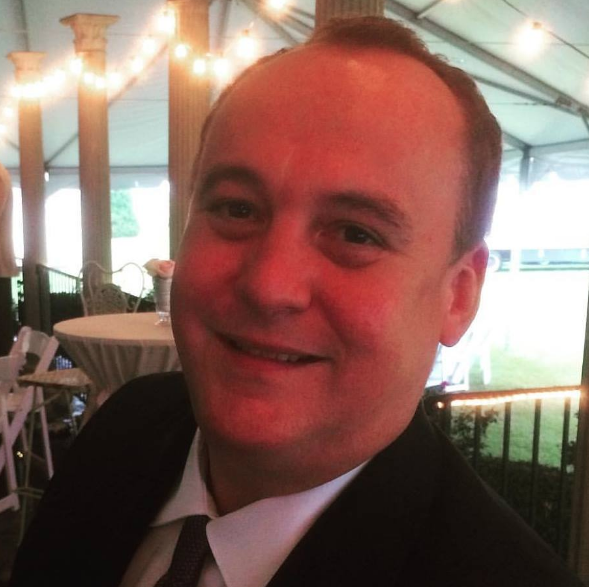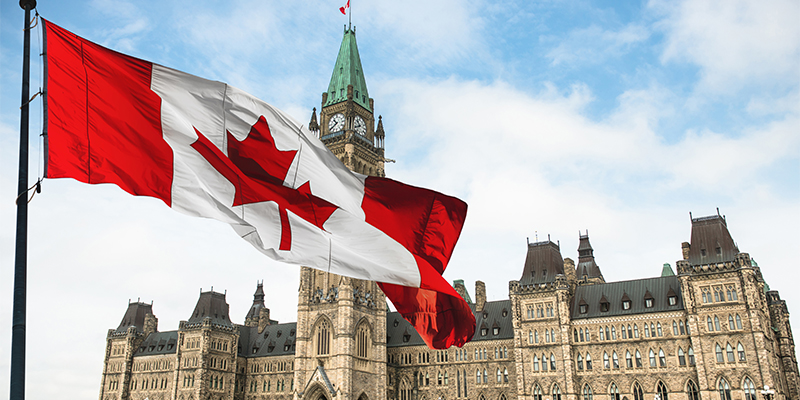U.S. demographics are becoming increasingly diverse. However, commercial real estate continues to lag, especially with representation in C-suite roles. At NAIOP’s 2021 Chapter Leadership and Legislative Retreat, Equality Institute CEO Bernadette Smith shared strategies to help real estate companies become more diverse and inclusive.
The Next Generation
Smith said companies must prepare for the arrival of Generation Z into the workforce. Gen Z, the population cohort born between the mid-to-late 1990s and the early 2010s, represents 19.9% of the U.S. population, according to the U.S. Census Bureau.
“They are the youngest generation in the workforce, and they are incredibly diverse,” Smith said.
According to Pew, 52% of Generation Z is non-Hispanic white. (By comparison, 61% of millennials were non-Hispanic white in 2002.) A quarter of Gen Zers are Hispanic, 14% are black, 6% are Asian, and 5% are another race or two or more races.
“These young people are your future,” Smith said. “What they are expecting is a commitment to antiracism and a commitment to equity. They value diversity and inclusion. They want to feel like their input is valued. These young folks are paying attention to this stuff. You have to do the work of analyzing where you are to know where you will go. You have to have specific, clear goals, and you have to make those goals public.”
Inclusion and Psychological Safety
Next, Smith explored ways to let underrepresented talent know that they are valued.
She said homogeneous teams that think in similar ways are not very innovative — but neither are diverse teams where people don’t feel like their ideas are valued.
She cited the example of clothing retailer H&M, which in 2018 put an image in its online store of a Black boy wearing a hooded sweatshirt that read “coolest monkey in the jungle.” According to the New York Times, “the image was widely criticized online for its reference to a monkey, an animal that has long featured in racial and ethnic slurs.” H&M removed the image from the online catalog and pulled the sweatshirt from its product line.
So how did an image that was so offensive to so many people get approved? It’s unclear, but Smith offered some ideas.
“Maybe there were no Black people taking part in the process,” she said. “Or maybe there were, and they felt like they couldn’t speak out. So it’s unclear if H&M’s problem was a lack of diversity or a lack of inclusion.”
According to Smith, companies should strive for teams that are psychologically safe. These are teams where the members feel that their voices matter and make a difference.
“If you have a culture of psychological safety, you’ll find that it is a much healthier workplace with a higher retention rate,” she said.
In 2012, Google began a project to “to study hundreds of Google’s teams and figure out why some stumbled while others soared,” according to a 2015 article in the New York Times. After two years of research, the company found that psychological safety is the No. 1 factor for their most successful teams.
That level of comfort is not common in U.S. workplaces, however. According to the Deloitte University Leadership Center’s 2013 report “Uncovering Talent,” 61% of employees “cover” some part of themselves at work, causing them to be less productive. A 2014 Harvard Business Review article that cites the report provides examples:
“A gay person might be technically out, but not display pictures of his partner at work. A working mom might never talk about her kids, so as to appear ‘serious’ about her career. A straight white man – 45% of whom also report covering – might keep quiet about a mental health issue he’s facing.”
Smith challenged managers to share their vulnerabilities and give their teams permission to do the same.
“You’d be shocked how much it opens people up,” she said.
Allyship
Finally, Smith examined the concept of allyship. She said this is an active and consistent practice of using power and privilege to achieve equality, lift others up and give them opportunities. This can include speaking up when someone make derogatory comments in the workplace about underrepresented groups, because silence is almost always interpreted as agreement.
“It’s using power and privilege to lift others up, to give them opportunities,” Smith said. “Use your power and privilege to offer people assignments and opportunities. Invite people to high-profile meetings. Modern leaders speak the names of underrepresented folks when they’re not around. They make sure that they elevate those voices even when they’re not in the room.”
This is part two of a two-part series. Read part one here: Leveraging Diverse Teams to Build a Profitable Culture of Inclusion.









